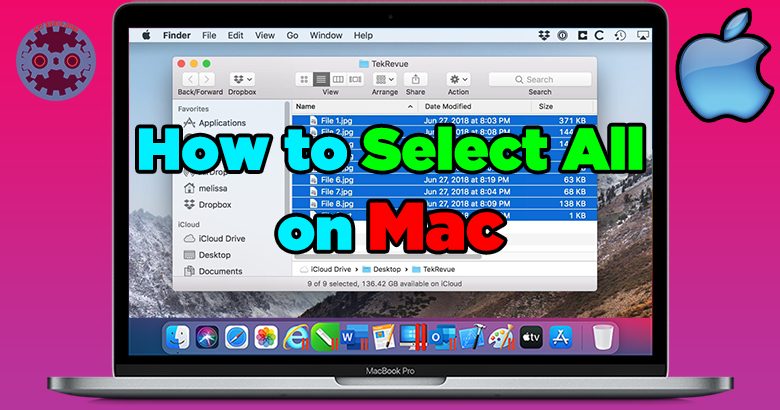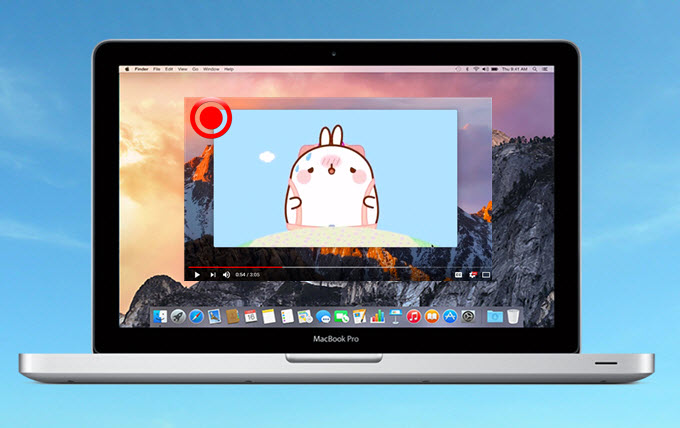Looking to connect two MacBooks for a dual display? You’ve come to the right place! In this article, we’ll show you a simple and straightforward method to seamlessly set up your MacBooks for a dual display experience. Whether you’re looking to increase productivity, extend your workspace, or simply enjoy a larger viewing area for your work or entertainment, connecting two MacBooks is easier than you might think. So, let’s dive in and explore how to connect two MacBooks for a dual display.
Table of Contents
- 1 How to Connect Two MacBooks for a Dual Display
- 2 Frequently Asked Questions
- 2.1 What cables do I need to connect two MacBooks for a dual display?
- 2.2 Can I use Wi-Fi to connect two MacBooks for a dual display?
- 2.3 Do both MacBooks need to have the same operating system version to connect them for a dual display?
- 2.4 How do I set up dual display mode between two MacBooks?
- 2.5 Can I use dual displays between two MacBooks with different screen sizes?
- 3 Final Thoughts
How to Connect Two MacBooks for a Dual Display
Are you looking for a way to expand your screen real estate and increase your productivity? Connecting two MacBooks for a dual display setup can be a fantastic solution. Whether you’re a professional designer, programmer, or simply someone who multitasks frequently, having dual displays can significantly enhance your workflow. In this article, we will guide you through the process of connecting two MacBooks for a dual display setup, step by step. Let’s dive in!
Gather the Necessary Equipment
Before diving into the setup process, it’s essential to ensure that you have all the necessary equipment. Connecting two MacBooks for a dual display setup requires specific hardware. Here’s what you’ll need:
1. Two MacBooks
Make sure you have two MacBooks with compatible video connectivity options. Most modern MacBooks come with Thunderbolt 3 (USB-C) ports, which offer high-speed data transfer and support external displays.
2. Thunderbolt 3 (USB-C) Cable
You will need a Thunderbolt 3 (USB-C) cable to establish the connection between the two MacBooks. This cable will transmit both power and data, allowing you to use one MacBook as a secondary display for the other.
3. Adapter (if necessary)
Depending on the ports available on your MacBooks, you may need an adapter to connect the Thunderbolt 3 (USB-C) cable. For example, if one MacBook has a USB-C port and the other has a Mini DisplayPort, you will need a USB-C to Mini DisplayPort adapter.
Now that you have all the necessary equipment ready, let’s move on to the setup process.
Step-by-Step Process to Connect Two MacBooks for a Dual Display
Follow these steps to connect two MacBooks for a dual display:
Step 1: Prepare Both MacBooks
Before starting the connection process, make sure both MacBooks are up to date with the latest macOS version. Updating your MacBooks ensures compatibility and minimizes any potential issues.
Step 2: Connect the Thunderbolt 3 (USB-C) Cable
Connect one end of the Thunderbolt 3 (USB-C) cable to the Thunderbolt 3 (USB-C) port on the primary MacBook (the one you want to use as the main display). Then, connect the other end of the cable to the Thunderbolt 3 (USB-C) port on the secondary MacBook (the one you want to use as the secondary display).
Step 3: Configure Display Settings
Once the two MacBooks are physically connected, it’s time to configure the display settings. Follow these steps:
1. On the primary MacBook, go to “System Preferences” from the Apple menu.
2. Click on “Displays” to access the display settings.
3. In the “Arrangement” tab, you will see two display icons representing the MacBooks. Arrange them according to your preference. For instance, if you want the secondary MacBook to the right of the primary MacBook, drag the secondary display icon to the right.
4. Check the box that says “Mirror Displays” if you want the two screens to show the same content. If you prefer to extend your desktop across both displays, leave this box unchecked.
5. Adjust the resolution and other display settings according to your preferences.
6. Repeat these steps on the secondary MacBook to ensure both MacBooks are configured correctly.
Step 4: Test the Dual Display Setup
With the display settings configured, it’s time to test your dual display setup. Try moving the cursor from one MacBook to another. If everything is connected correctly, you should be able to seamlessly move your cursor between screens.
Additionally, you can open different applications on each MacBook and drag them from one screen to another. This way, you can utilize the extended screen space efficiently.
Troubleshooting Common Issues
While connecting two MacBooks for a dual display is generally straightforward, you may encounter some issues along the way. Here are a few common problems and their solutions:
1. Display Not Working or Not Detected
If one or both displays are not working or not detected, try the following solutions:
– Make sure all connections are secure: Disconnect and reconnect the Thunderbolt 3 (USB-C) cable on both MacBooks.
– Restart your MacBooks: Restarting can help reset the connection and resolve any software conflicts.
– Update macOS and drivers: Ensure both MacBooks are running the latest macOS version and have up-to-date drivers.
– Check the cable and adapters: Ensure the Thunderbolt 3 (USB-C) cable and any adapters are functioning properly. Try using a different cable or adapter if available.
2. Display Arrangement Issues
If your display arrangement is not as expected, follow these steps:
– Go to “System Preferences” > “Displays” on the primary MacBook.
– Click on the “Arrangement” tab.
– Hold down the Option key and click on one of the display icons to enable more advanced options.
– Check the “Mirror Displays” box to mirror the screens. Uncheck it to extend the desktop.
– Arrange the display icons according to your desired configuration by dragging them.
– Repeat these steps on the secondary MacBook.
Connecting two MacBooks for a dual display setup can significantly enhance your productivity and workflow. With the right equipment and proper configuration, you can easily extend your screen real estate and seamlessly move between two MacBooks. Follow the step-by-step process outlined in this article, and troubleshoot any potential issues that may arise. Enjoy the expanded workspace and make the most of your dual display setup!
Connect 2 Macs for a Duel Display Setup WITHOUT THUNDERBOLT!
Frequently Asked Questions
What cables do I need to connect two MacBooks for a dual display?
To connect two MacBooks for a dual display, you will need a Thunderbolt 3 (USB-C) cable or a mini DisplayPort cable. These cables allow you to transmit audio and video signals between the two MacBooks.
Can I use Wi-Fi to connect two MacBooks for a dual display?
No, Wi-Fi cannot be used to directly connect two MacBooks for a dual display. While you can use Wi-Fi to enable screen sharing or other remote display options, it is not designed for extending your display to another MacBook.
Do both MacBooks need to have the same operating system version to connect them for a dual display?
No, it is not necessary for both MacBooks to have the same operating system version in order to connect them for a dual display. However, it is recommended to keep your macOS up to date to ensure compatibility and access to the latest features.
How do I set up dual display mode between two MacBooks?
To set up dual display mode between two MacBooks, follow these steps:
1. Connect the MacBooks using a Thunderbolt 3 (USB-C) or mini DisplayPort cable.
2. On the MacBook you wish to use as the primary display, go to System Preferences > Displays.
3. Click on the Arrangement tab.
4. Check the “Mirror Displays” box to duplicate the screen or uncheck it to extend the desktop.
5. You can also arrange the position of the displays by dragging them in the arrangement window.
6. Make any desired adjustments or settings and close the System Preferences window.
Your dual display mode should now be set up and ready to use.
Can I use dual displays between two MacBooks with different screen sizes?
Yes, you can use dual displays between two MacBooks with different screen sizes. The macOS allows you to adjust the resolution and scaling options for each display individually, so you can make adjustments to ensure a consistent visual experience across both screens.
Final Thoughts
To connect two MacBooks for a dual display, start by checking if both laptops have a Thunderbolt port. If they do, you can easily connect them using a Thunderbolt cable. Simply plug one end of the Thunderbolt cable into the Thunderbolt port of the first MacBook and the other end into the Thunderbolt port of the second MacBook. Once connected, go to the “Displays” settings and choose the dual display option to extend or mirror the screens. Remember to adjust the arrangement of the displays in the settings to match how you physically positioned the laptops. By following these steps, you can seamlessly connect two MacBooks for a dual display setup.

